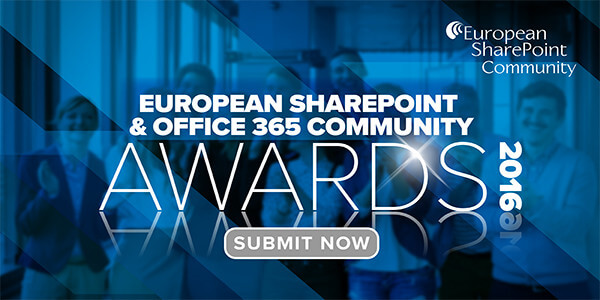Perhaps the most under-appreciated feature of enterprise social is the very richness of communication that it affords. It allows us to not only see what people say, but also observe many more aspects of what they actually do. And, of course, those may be two very different things.
If you think about it, this is fundamentally different than with previous applications in the enterprise. With email, for example, we can see what people say, but other than perhaps who is copied on the email, there isn’t much in the way of collateral behaviors to be observed by the email sender or the receivers. This contrast is even greater with respect to traditional enterprise applications such as supply chain software, business intelligence, and so forth. That’s why social is really of such a radically different nature–it affords the transmission and receipt of signals and cues that simply have never been routinely communicated among colleagues online before.
Locating Expertise
As just one example of the transformational nature of such enhanced communications, consider the task of trying to figure out who might be able to help you with a particular problem in your work. Classically you would be left looking for an organization chart, or in the best case, there might be an online directory of profiles that you could search through. But even if such profiles exist, are they kept up-to-date? And if they are up-to-date, do they have enough detail for you to determine whether they are a fit for your problem? And do they truly reflect reality or are they a just a tad exaggerated?
NASA discovered the perils of just relying on what people say about themselves. They wanted to be able to easily match expertise to applicable problems, but found trying to rely on explicit self-profiling to do so was futile, as was related by Jeanne Holm, NASA’s Chief Knowledge Architect:
We tried three times to create a system with data specifically about expertise, but failed each time for different social reasons. Each attempt relied on self-generated lists of expertise. In the first attempt, people over- or under-inflated their expertise, sometimes to bolster their resumes. The second attempt prompted labor unions to get overly involved because greater expertise could be tied to higher pay. The third approach involved profiles verified by management, and that led to a number of human resources grievances when there was a disagreement. In all cases, the data became suspect.
Instead, NASA ultimately developed an effective approach that relied on evaluating actual user actions to automatically and continuously determine expertise levels.
Endorsing Behaviors?
Even when relying on what people do and not just what they say, care must be taken. For example, taking at face value explicit signals is often less reliable than examining more subtle cues, as Alan Lepofsky of Constellation Research has pointed out with respect to explicit peer endorsements:
While peer endorsements are a step up from self-generated profiles, they still don’t require validation to prove that a person really has the skills people say they do. What is needed is a system that automatically generates skills and expertise based on “what you really do” not what you or even your peers say you do.
The wonderful thing about modern enterprise social platforms is that they actually provide the sufficient array of behavioral signals and cues that can enable users to get a good sense of each other’s expertise in specific areas. This can be discerned directly, but expertise can be also be evaluated and quantified algorithmically from these myriad behavioral cues, which then can then be summarized and displayed in a variety of conveniently consumed forms such as graphically.

So our social actions speak louder than our words and we can use that fact in ways that serve to make us all more productive by, for example, being able to more easily and effectively identify the resources who are most likely to be of help.
If you have any questions or feedback on Naomi’s article please leave a comment below. We would love to hear from you.
——————————————————————————————————————–
Naomi Moneypenny is Chief Technology Officer for Synxi (a ManyWorlds brand). She leads the research & engineering for expertise and content discovery apps for enterprise collaboration systems such as SharePoint, Yammer and Tibbr. She holds over 20 patents in the area of machine learning and adaptive systems. Follow her @nmoneypenny.

Naomi Moneypenny











